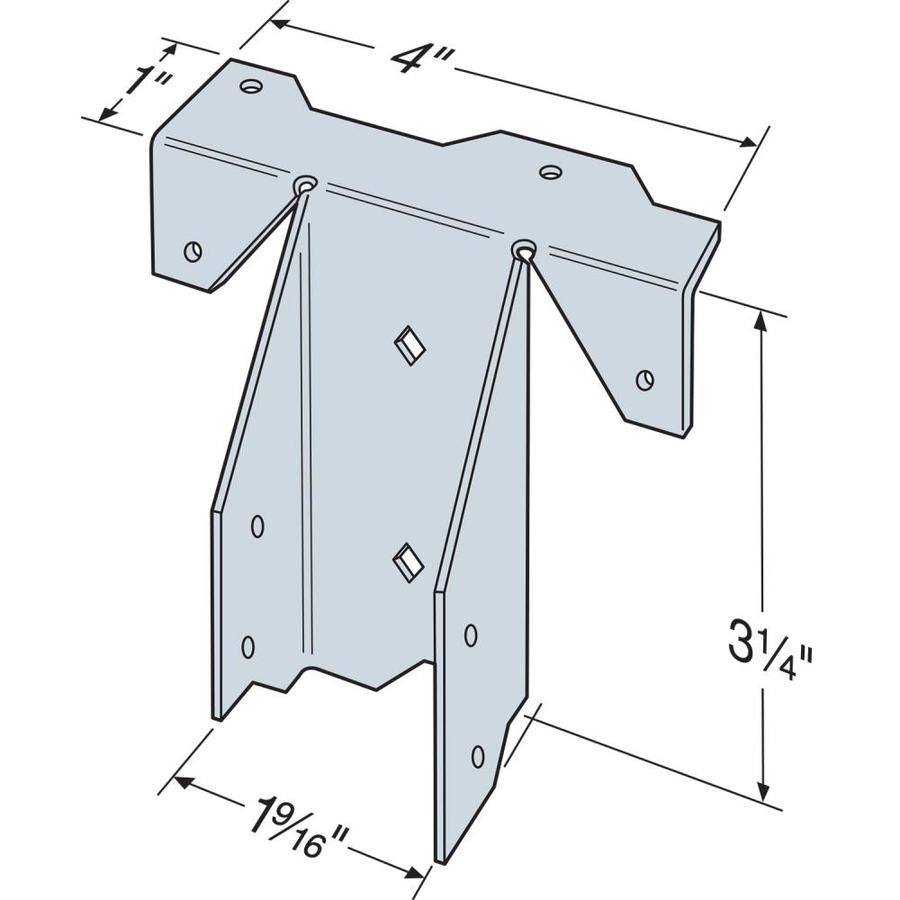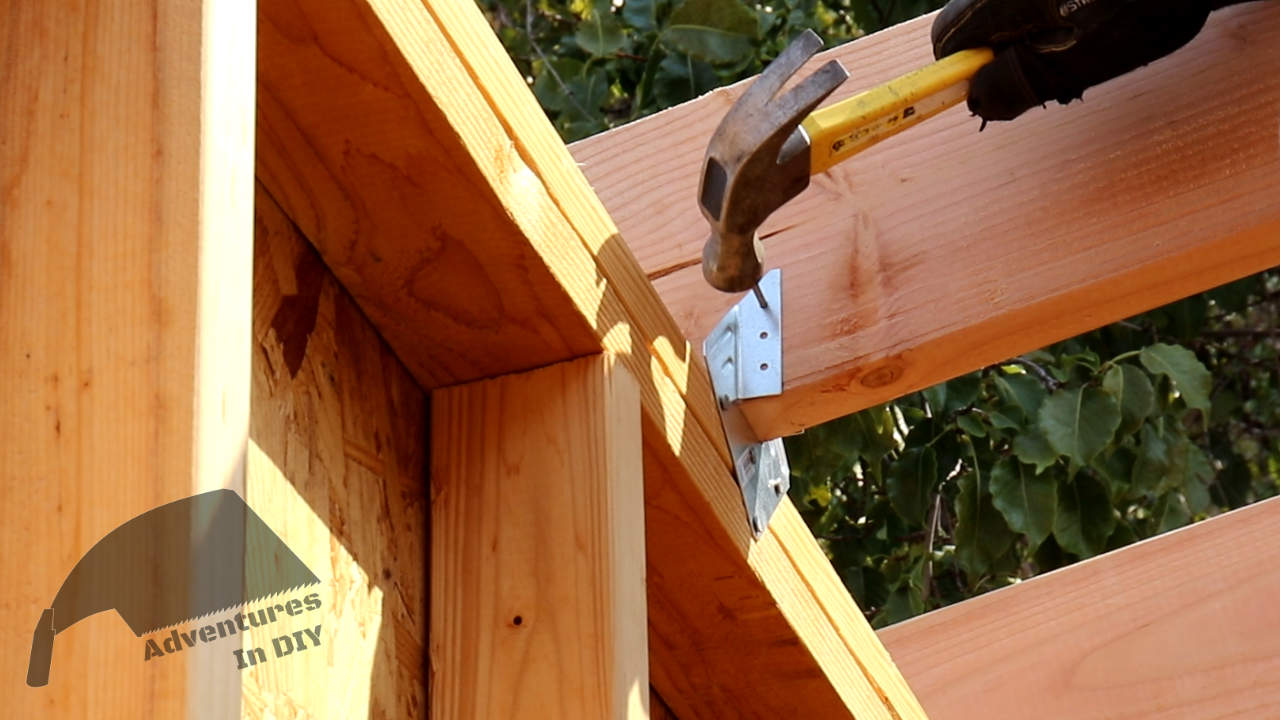
 Can be easily cut using tin snips or shears.InspectAPedia tolerates no conflicts of interest. Manufactured from galvanised mild steel to BS EN 10327:2004 DX51D + Z275,. Suitable for timber and fencing repairs, clamping, bracing and restraining, pipe fixing, general support and ductwork etc,. Versatile coil strip for lightweight fixing applications,. Ideal for DIY, Industrial and Agricultural uses. The Timber Frame Strap is a holding down strap providing restraint against uplift to timber frames.įixing Bands are versatile multi purpose banding that can be cut, bent and formed for all types of light applications. Designed to The Building Regulations BS 5268 Part 3 and other building standards for lateral restraint.Įdge Rolled Restraint Straps are the more traditional strap produced from pre-galvanised mild steel, being the cheaper and lighter alternative to heavy duty straps. It performed equally or better in tests than the equivalent traditional 5mm Heavy Duty Strap, providing lateral restraint of roof trusses, rafter and joists tied to masonry. Heavy Duty Restraint Straps are generally for horizontal applications providing lateral restraint of roof trusses, rafters and joists tied to masonry. Designed to The Building Regulations BS 5268 Part 3 and other building standards for vertical restraint. Light Duty Restraint Straps are generally for vertical applications such as holding down the wall plate. Both light and heavy duty straps are produced from galvanised mild steel, and also from stainless steel. Restraint straps and banding is a set of high-quality products designed to reinforce connections between structural elements of a building, in horizontal, lateral and vertical restraints. The turn-down should be on a substantial piece of blockwork, preferably the centre of an uncut block. Straps should go under rafters and over ceiling joists. Rafters should not be notched to make the straps flush with the rafter.
Can be easily cut using tin snips or shears.InspectAPedia tolerates no conflicts of interest. Manufactured from galvanised mild steel to BS EN 10327:2004 DX51D + Z275,. Suitable for timber and fencing repairs, clamping, bracing and restraining, pipe fixing, general support and ductwork etc,. Versatile coil strip for lightweight fixing applications,. Ideal for DIY, Industrial and Agricultural uses. The Timber Frame Strap is a holding down strap providing restraint against uplift to timber frames.įixing Bands are versatile multi purpose banding that can be cut, bent and formed for all types of light applications. Designed to The Building Regulations BS 5268 Part 3 and other building standards for lateral restraint.Įdge Rolled Restraint Straps are the more traditional strap produced from pre-galvanised mild steel, being the cheaper and lighter alternative to heavy duty straps. It performed equally or better in tests than the equivalent traditional 5mm Heavy Duty Strap, providing lateral restraint of roof trusses, rafter and joists tied to masonry. Heavy Duty Restraint Straps are generally for horizontal applications providing lateral restraint of roof trusses, rafters and joists tied to masonry. Designed to The Building Regulations BS 5268 Part 3 and other building standards for vertical restraint. Light Duty Restraint Straps are generally for vertical applications such as holding down the wall plate. Both light and heavy duty straps are produced from galvanised mild steel, and also from stainless steel. Restraint straps and banding is a set of high-quality products designed to reinforce connections between structural elements of a building, in horizontal, lateral and vertical restraints. The turn-down should be on a substantial piece of blockwork, preferably the centre of an uncut block. Straps should go under rafters and over ceiling joists. Rafters should not be notched to make the straps flush with the rafter. 
The fixings should be four steel screws or four 75mm x 4mm (8 SWG) round nails. Restraint straps should be fixed to solid noggings with a minimum of four fixings of which one should be in the third rafter. In higher buildings straps should be spaced at not more than 1.25m centres. They should be installed at not more than 2m centres for buildings up to three storeys (two storeys in Scotland). Restraint straps are required to provide stability to walls. Restraint Straps shall be used to restrain gable and separating walls and hold down the roof against wind uplift.

Restraint Straps should be of sufficient length to be fixed to three trusses and should be fixed with solid blocking. Lateral restraint straps should have a minimum cross section of 30mm x 5mm and a minimum anchorage downturn of 100mm. Larger gable or separating walls may also require restraint at ceiling level.

For dwellings of masonry construction,restraint should be provided at rafter level for gable walls. Appropriate metal restraint straps should be used. In situations where the roof is required to resist uplift, skew nailing is unlikely to provide sufficient strength. For trussed rafterroofs not subject to uplift, the minimum fixing should be two 4.5mm x 100mm long galvanized round wire nails, skew nailed, one from each side of the trussed rafter. The trussed rafter roofs and traditional cut roofs should be supported on timber wall plates. Building, in horizontal, lateral and vertical restraints.








 0 kommentar(er)
0 kommentar(er)
